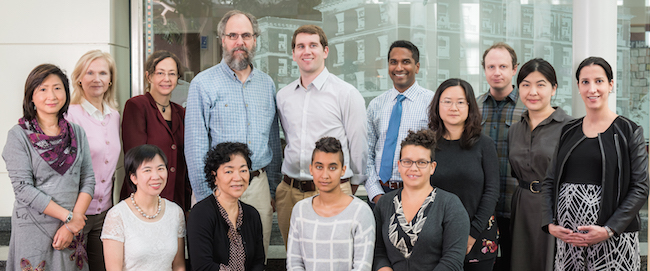Breast Imaging Research Group

Vision Statement
The Breast Imaging Research Group is led by Professor in Residence, Dr. Nola Hylton, to advance breast imaging-based approaches for breast cancer diagnosis, leading to earlier detection, reduction of disease recurrence and improved survival.
Mission Statement
To develop improved breast imaging technologies for:
Breast Imaging Research: MRI and Optical
Research efforts at UCSF in the area of breast imaging cover a broad range of applications and imaging modalities, involving MRI, optical imaging and x-ray mammography for breast cancer screening and surveillance, diagnosis and tissue characterization for risk assessment, cancer staging and treatment response assessment.






